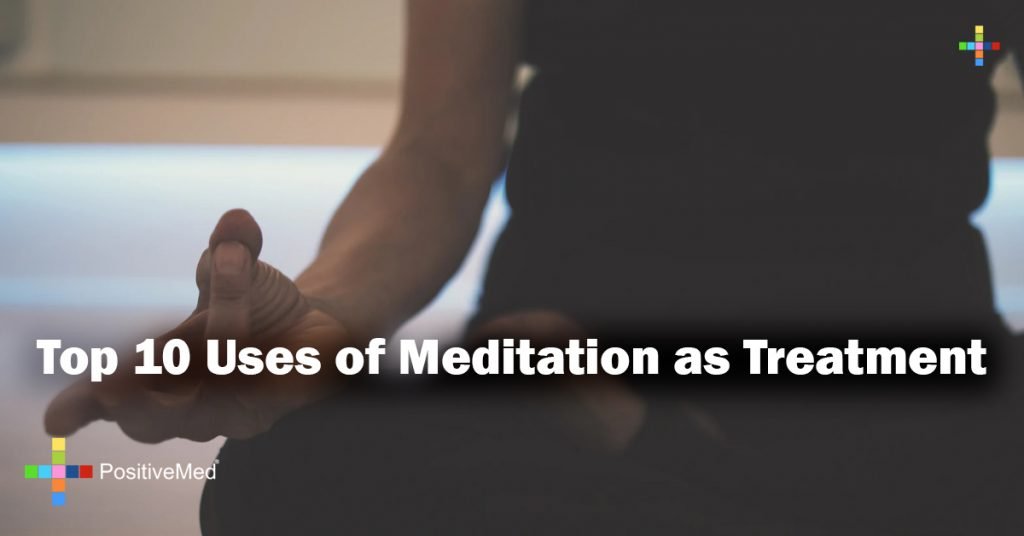
Top 10 Uses of Meditation as Treatment
There are hundreds of benefits to meditation, these are some of the most popular uses. Scientific research into meditation shows radical life-changes to people who practice on a regular basis.
What is meditation?
It can be defined as concentrating the mind on anything, or nothing. It can be a mantra, a candle, breathing, body sensations, or anything you want. The goal is to not let the mind wander from one thing to another. It implies awareness of what is occurring, a non-judgmental attitude, and observation of the world as it is. Instruction is easy to find, there are many classes, videos, and is a major tenet of yoga practice. Intrusive thoughts can come at any time which makes it difficult to meditate. It requires dedication and practice.
• Of particular interest is the effect on cancer patients, it can greatly reduce stress and anxiety
• Reduces the rate of relapse in patients with major depressive disorder
• Meditation techniques are effective in reducing symptoms of depression, anxiety, mood disorders, eating disorders, diabetes, and cancer reducing the relapse for patients with major depressive disorder.

• Meditation has been used for treatment of pain and addictions
• Meditation has been used with addiction treatment showing far better results than a placebo and has great effectiveness in smoking cessation
• Some promising results show that training in mindfulness techniques are as effective as cognitive behavioral therapies
• Mindfulness has been postulated to help people diagnosed with post-traumatic stress disorder, promoting acceptance and constructive cognitive and behavioral changes similar to the experience of psychotherapy
• Mindfulness exercises encourages individuals to confront their feelings
• Meditation is very useful during pregnancy and childbirth, these women are more likely to successfully manage stressful situations related to birth, Lamaze breathing is a type of meditation
• Researchers suggest an indirect relationship between mindfulness, meditation, and well being. Increased behavioral regulation is enhanced by meditation leading to a decrease of negative automatic thoughts.
• Mindfulness training is helpful in the performance of different types of athletic activity
Sources.
Segal, Z., Williams, M. R., & Teasdale, J. (2002). Mindfulness-based cognitive therapy for depression: A new approach to preventing relapse
Shapiro, S. L., & Carlson, L. E. (2009). The art and science of mindfulness: Integrating mindfulness into psychology and the helping professions
Luders, E., Kurth, F., Mayer, E. A., Toga, A. W.,
Narr, K. L., & Gaser, C. (2012a). The unique brain anatomy of meditation practitioners: Alterations in cortical gyrification. Frontiers in Human Neuro-science, 6, 34
Kok, B. E., Waugh, C. E., & Fredrickson, B. L. (2013). Meditation and health: The search for
mechanisms of action. Social and Personality Psychology Compass, 7,
27–39







